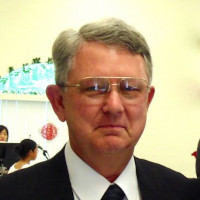Fifth Annual QSE3 IGERT Symposium
McKnight Brain Institute Room LG110A/BThe schedule of the Fifth Annual QSE3 IGERT Symposium can be found here: 5th Annual Symposium Schedule This year we have four invited talks by distinguished professors. Wayne Getz Department of Environmental Science, Policy, and Management University of California Berkeley “A Computational Population Modeling Platform for Linking the Inner and Outer Worlds of Organisms” David …









